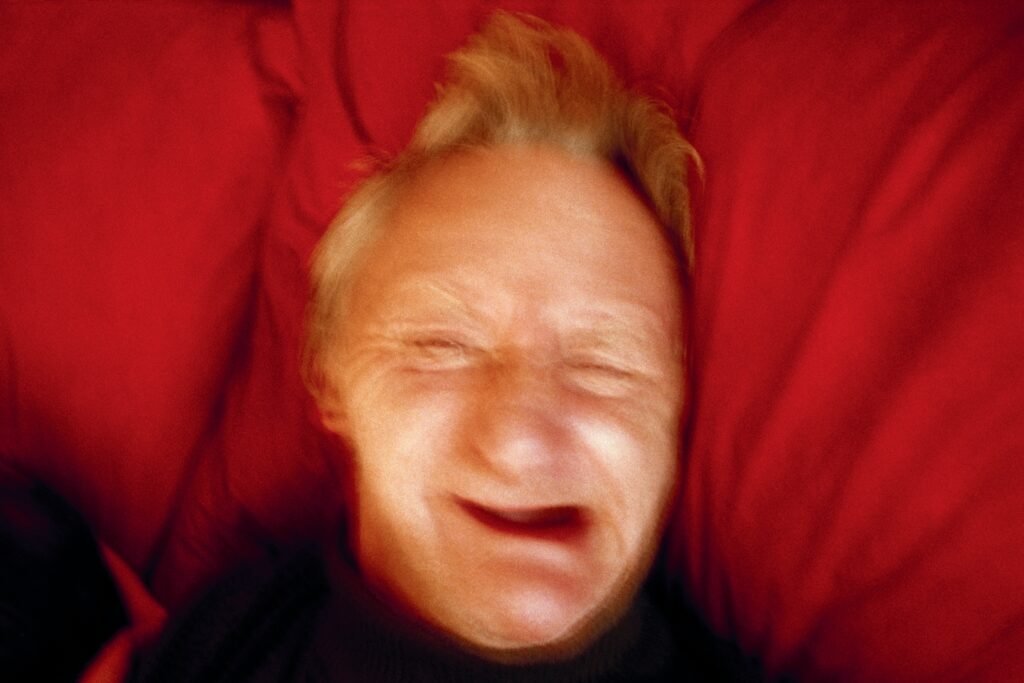Both perspectives had at least one thing in common: Looking at Billingham’s images elicited strong responses — their power, however uncanny, could not be denied.
Twenty-eight years later, Billingham has published a new version of the work with MACK. The book remains as powerful as ever and still has its fans and detractors. The intervening years surely don’t seem to have made the work any less palatable and neither have they diminished its ability to elicit strong reactions.
One of the most interesting things about this body of work remains that it was basically accidental. Billingham made the images of his mother, father and brother as reference points for paintings he hoped to create during the course of his university art studies.
So, how was the work discovered?
Julian Germain, a tutor at the University of Sunderland, where Billingham was studying, saw some of the images and encouraged Billingham to show them to one of his friends, the eminent photo editor Michael Collins.
With a few twists and turns along the way, this set Billingham on the path to stardom. He partnered with Germain and Collins, poring over the images and sequencing them to create what would become a glimpse into a home life characterized by a sense of despair — his family lost their livelihood and lived in public housing. His father turned to drink out of a sense of hopelessness and the family unit began to unravel.
Importantly, the work that was published by Scalo had been reedited by the publisher to emphasize the calamity of his family’s life, somewhat different than what he, Collins and Germain had envisioned.
MACK has worked with Billingham to produce a volume more in line with how Billingham wants the world to see his work.
The results are a little bit softer, but those who found his work queasy and exploitative still have fodder to make that claim.
The work can still be difficult to look at, particularly scenes showing his father’s descent into alcoholism — stumbling to the ground or hugging a toilet in a restroom.
Billingham has said that his family was always aware of what he was doing. That is, he didn’t hide the fact that he was photographing them. But he has said on numerous occasions that they didn’t put up a fight. In fact, Billingham says they were more or less disinterested, even when they attended gallery openings for the work.
Some have argued that “Ray’s a Laugh” lacks empathy. And you can certainly level that claim at the current iteration of the book.
But I see it as an almost unconscious stab in the dark of an artist coming to terms with a less than ideal upbringing marred by poverty and dysfunction, maybe as a way of making sense of and surviving it all.
To be sure, I ache for Liz and Ray (Billingham’s mother and father). I weep for his brother’s struggles with addiction. Why? Because the photos, as raw as they are, pull no punches in showing life’s rough edges. And, as odd as it may sound, I see glimmers of empathy in them. There can be beauty amid despair; art throughout its time has continually shown that.
I know many people will disagree with all of that. And that’s okay. That’s life, too.
You can find out more about the book, and buy it, here.






